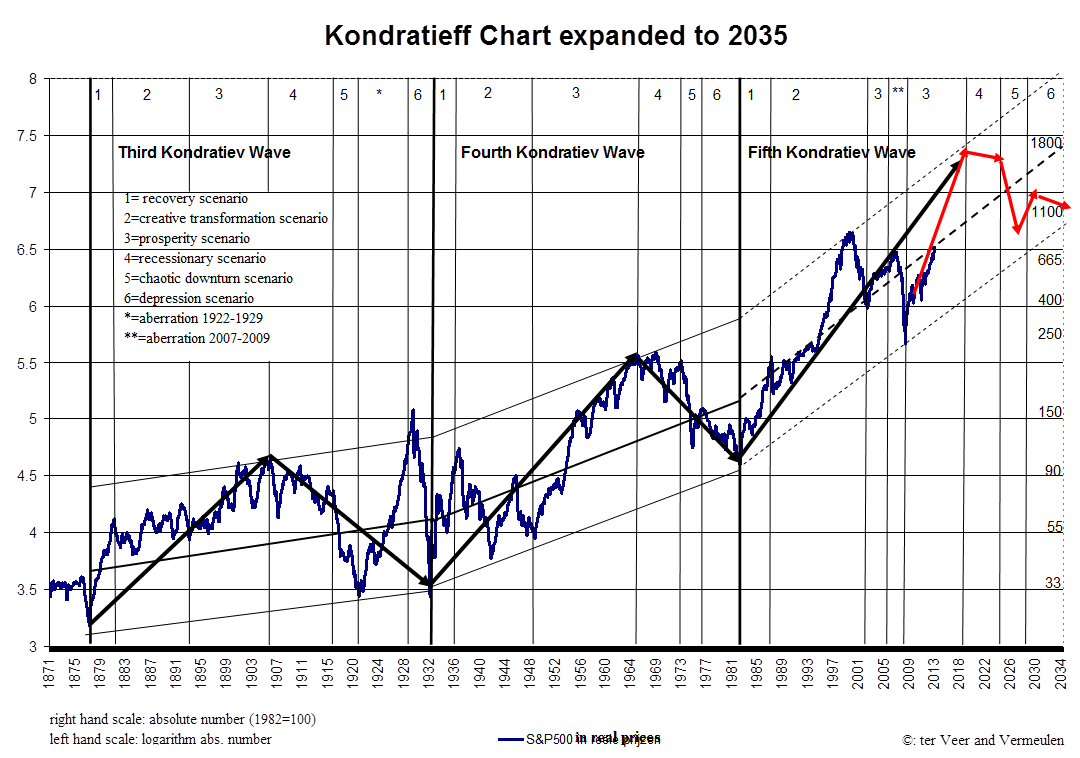
Because of the catastrophic earthquake in Christchurch one of the two plants where they produce the right form of marmite (not that strange yeasty kind they make in England or the Australian vegemite) is so damaged that they must build a new plant. Now suddenly without warning they don’t produce anything until at least July. Because of their education it is almost impossible to have breakfast without marmite as true New Zealander, it is a lot worse than the Dutch with their liquorice.
The marmite shortages are becoming dire. The people of New Zealand are asked a sacrifice to consume temporarily less marmite and not to hoard marmite to deprive the other companions in misfortune of their daily marmite.
The marmite company prescribes toe at marmite exclusively on hot toast, so you need less of marmite and the marmite will last longer and you probability increases you will survive the production stop of marmite.
Of course this is the last days the trending topic on Twitter for New Zealand, so you can see how grave the situation has become.
In a poll of the New Zealand Herald 33% is saying they are hoarding as much marmite as possible, 38% considers temporarily to use vegemite and 29% doesn’t care because they hate marmite (as I do also). The UK marmite seems to be out of question (no Falkland like rescue is necessary from the Albion). By the way last year Denmark has forbidden to sell marmite because of the added vitamins. Some Englishmen/ Anglophiles have started a bring back marmite campaign without success until now.
Concentration risk, tail risk it is everywhere nowadays.
















